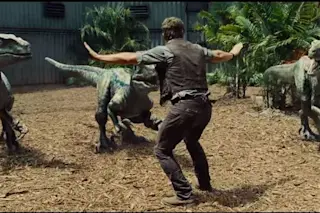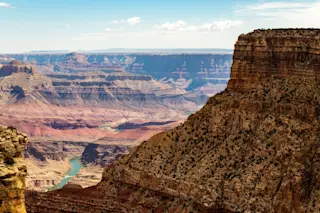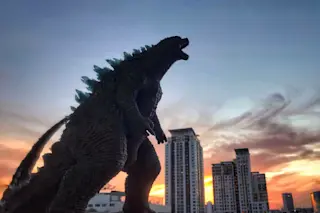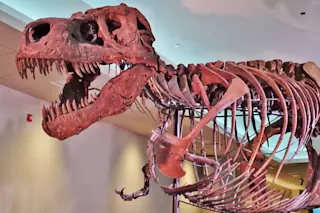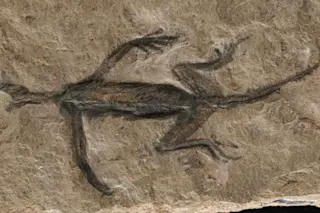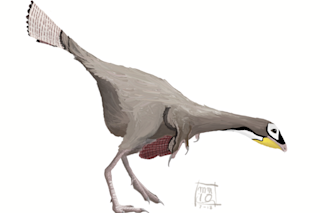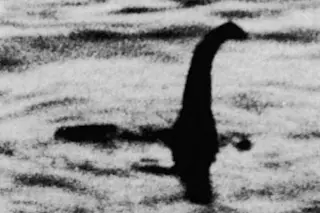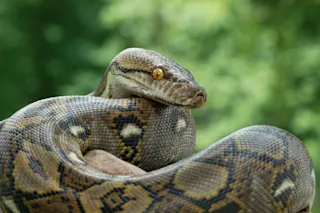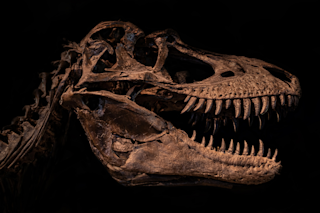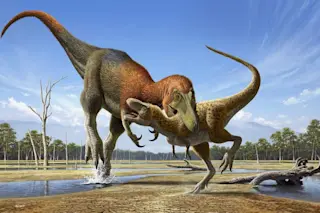No Jurassic Park franchise film would be complete without an appearance by T. rex, but in both the original films and the new Jurassic World, the real terror over the course of the film is carried on much smaller forelimbs: the bloodthirsty, agile, intelligent velociraptors.
Of course, much of the attention on the new film has been devoted to the Indominus Rex, a terrifying fictional dino genetically engineered to be bigger and scarier than T. rex.
But once again, the makers of Jurassic World rely on velociraptors for the low-level guerilla warfare in the depths of the island – this time with a twist. The velociraptors are on the good guys’ side.
We’re not giving anything away that’s not in the previews to say that leading man Owen Grady (Chris Pratt) has an unusual talent: he is a velociraptor trainer. Using a clicker-and-treat method evocative of trainers at Sea World, ...


